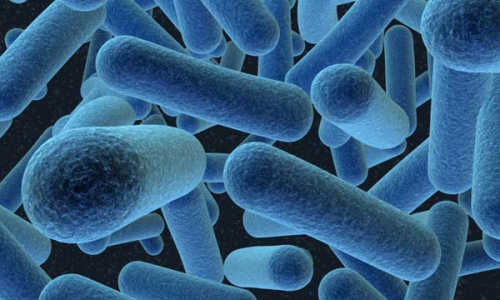Bacteria communicate by means of chemical signals and can develop common characteristics through this “agreement” and also develop their potential pathogenic effects in this way. Scientists working with Dr. Helge B. Bode, an Merck-endowed professor for molecular biotechnology at the Goethe University in Frankfurt, and Dr. Ralf Heermann from the department of microbiology at the Ludwig Maximilian University in Munich, have now described a hitherto unknown communication pathway that appears to be widely distributed.
They report on this in the journal Proceedings of the National Academy of Science.
The investigation of bacterial communication is also of medical interest. This is because the bacterial communication pathways are a possible therapeutic target for new medicines. If the relevant communication options are prevented, the bacteria cannot develop their pathogenic properties. “When pathogens are no longer destroyed by antibiotics as we have seen to date, but rather be impaired beforehand the formation of the pathogenic properties, the danger of resistance development would be substantially reduced”, says Bode.
Different types of bacteria also have different methods of communication. The team lead by Heerman and Bode had already discovered a new bacterial communication pathway in 2013. Now they have succeeded in decoding a further new and widely distributed chemical type of bacterial communication.
To date, the best known communication between bacteria occurs via the N-acyl homoserine lactone (AHL): The enzyme Luxl produces signals that are recognised by the LuxR receptor, at which point the bacteria develop certain properties and modulate their behaviour towards one another. Since a certain number of bacteria must be available for this to occur, this process is known as “quorum sensing”.
However, Heermann’s and Bode’s working groups investigate bacteria that possess a LuxR receptor, but not the enzyme Luxl. In the current study, the microbiologists have investigated the bacteria Photorhabdus asymbiotica, which is a deadly pathogen in insects, which also infects humans and can cause skin infections. These bacteria communicate via the signal molecule dialkylresorcinol, which recognised the associated LuxR receptor. “The influence on the pathogenic properties of the bacteria is at its strongest in this ‘quorum sensing’ system. P. asymbiotica requires dialkylresorcinol and in this way coordinates the communication with the conspecifics for the successful infection of the larvae”, says Helge Bode, whose group in 2013 also described the biosynthesis of this new signal molecule.
The researchers have not only investigated P. asymbiotica, but also a series of other bacterial genomes. The newly discovered signal pathway appears to be widely distributed. “We were able to identify several other bacteria that are pathogenic to humans that also do not express Luxl and also possess this ability for forming these signals”, says Heerman.
Story Source:
The above story is based on materials provided by Goethe-Universität.





